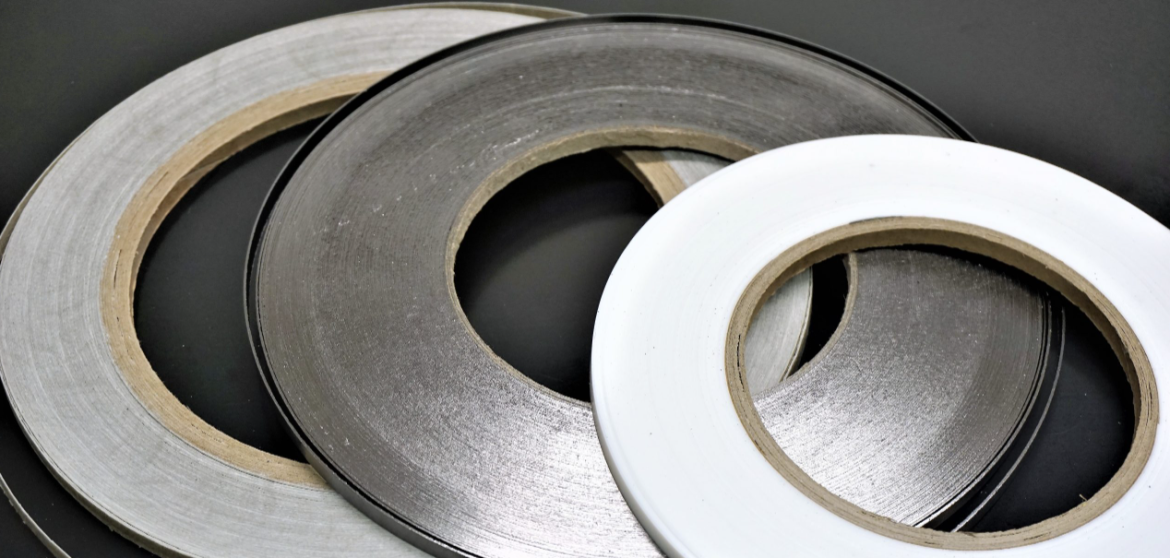There are many signs that indicate a damaged gasket filler. Before you start to worry about any of these signs, you should make sure that you have the correct diagnosis. A gasket filler is the part of a car’s cooling system that seals the water passages and prevents leaks. It can be made of rubber or plastic and sits between the head and block. The gasket filler protects your engine against overheating and keeps corrosion at bay.
For instance when the spiral wound gasket graphite filler is damaged, it can lead to major problems with your vehicle’s performance and even result in expensive repairs. When you notice signs of a damaged gasket filler, it’s important to get it looked at by a mechanic as soon as possible. It is important that you have a professional look at your vehicle and tell you what is causing the problem. The following are some of the most common signs:
- You smell burning oil when you turn on the heat or air conditioning – This means that there is a leak in your cooling system that needs to be looked at by a mechanic immediately.
- You hear rattling noises coming from under your hood – This means that there are loose parts inside your engine compartment that may be falling apart from vibrations caused by driving over bumps or potholes.
- If your car is leaking water from under the hood, it could mean that there’s a problem with the gasket filler. Check underneath the hood and see if you can find any signs of moisture or rust in the area where the filler goes in the engine block. If you do see this, then your gasket is probably going to need to be replaced soon.
What are the Chances of Fixing a Damaged Car Gasket?
The chances of fixing a damaged car gasket depends on how bad the damage is. If it’s just a small leak, you can probably fix it yourself. If the leak is very large, you may need to replace the entire engine head or even buy a whole new engine.
If you can’t tell if there is any oil leaking from your vehicle, then take it to an auto shop and have them check for leaks. They will use special paper and chemicals to see if there are any oil leaks.
If there are no visible leaks in your vehicle, but you still smell oil fumes coming from under your hood, then there could be a hidden leak somewhere else in your engine compartment that needs repair.
If there is no visible damage to your engine block or cylinder head, but there is a noticeable amount of oil leakage coming from inside of your car’s exhaust system or near one of your exhaust manifold bolts (where they connect to each other), then this could also be an indication that one of these parts has been damaged internally by corrosion and needs replacing as soon as possible before further damage occurs!
Conclusion
Hopefully, you now feel like you have a better idea about the different symptoms of damaged gasket fillers in cars, which would be a great start to repairing the gasket yourself. Although it may seem difficult, even if you have no tools, it is not impossible to fix the gasket effectively. With some time and patience, your car will be running smoothly again pretty soon! You may also want to visit jinsealing gasket fillers and get to know more about these metallic fillers.
